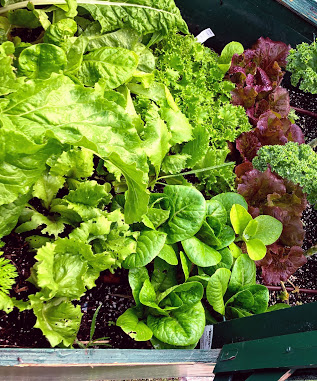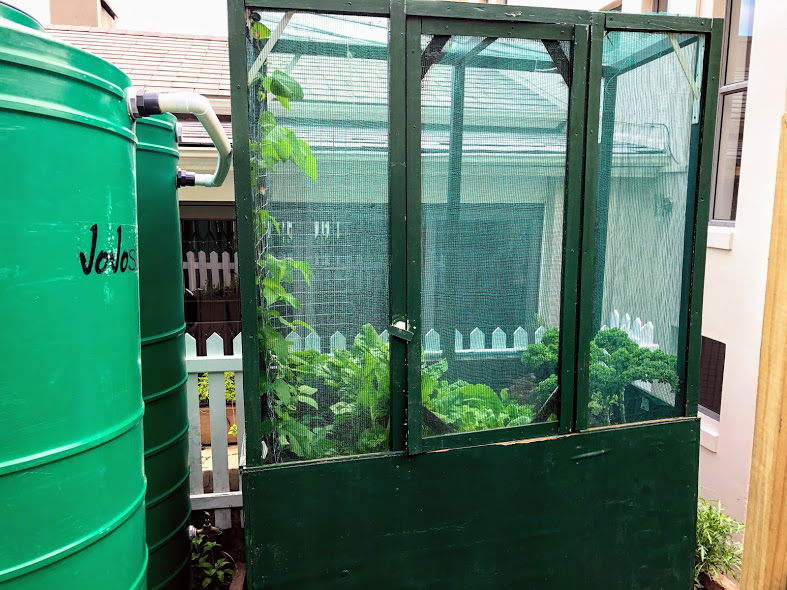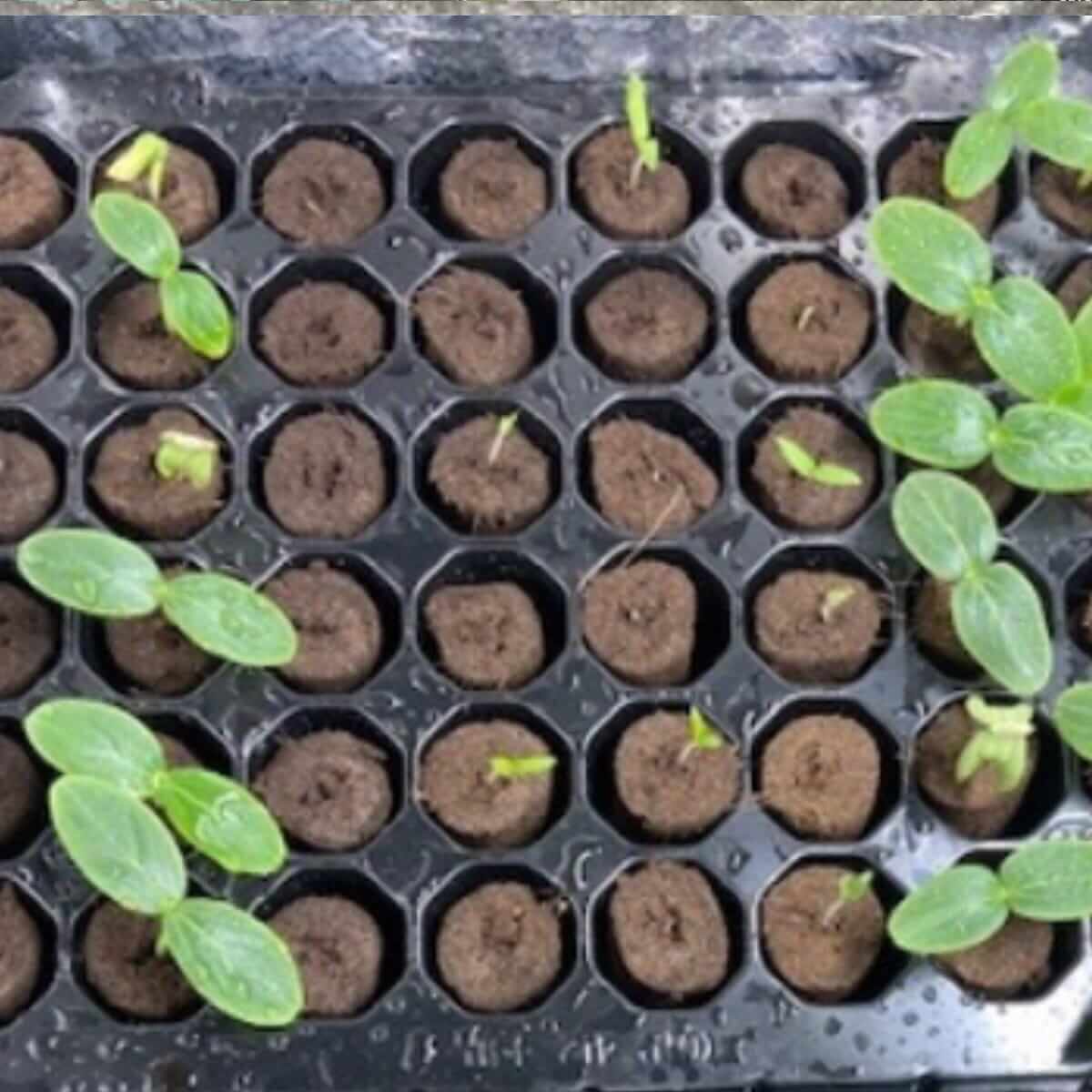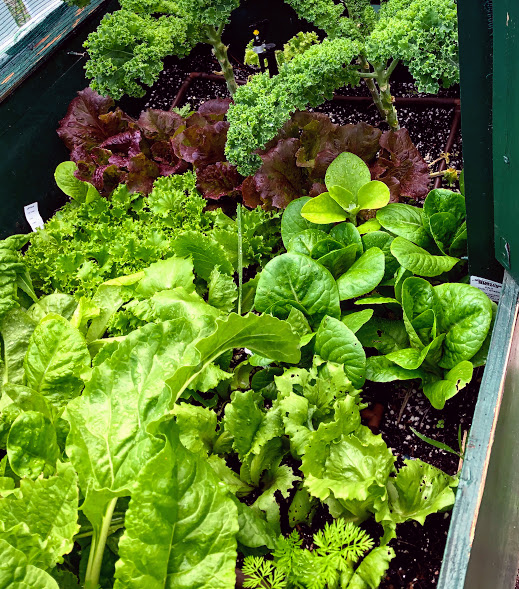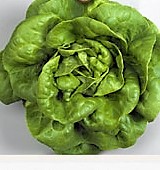Lettuce (Lactuca sativa)
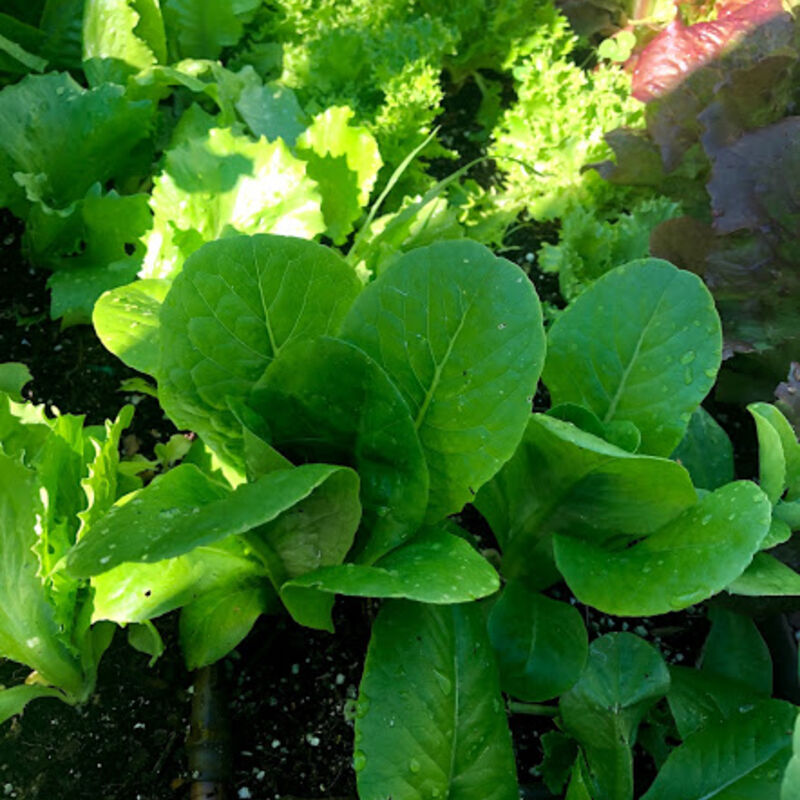
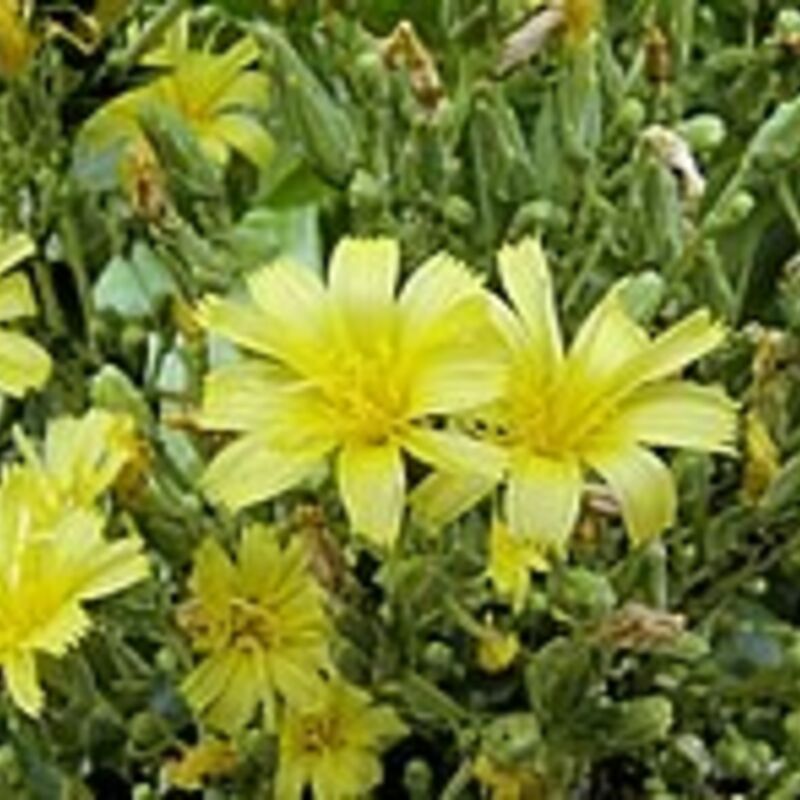
An annual plant of the daisy family, Asteraceae.
Documentation from the late 19th century shows between 65 and 140 distinct lettuce varieties, depending on the variation allowed between types.
The domestication of lettuce over the centuries has resulted in several changes through selective breeding, including delayed bolting, larger seeds, larger leaves and heads, better taste and texture, a lower latex content.
Evidence of the cultivation of lettuce appeared as early as 2680 BC. Initially farmed by the ancient Egyptians, passed to the Greeks, who shared it with the Romans. It appeared in medieval writings in 50 A.D.
Lettuce was brought to the Americas in late 15th century. In 2017, world production was 27 million tonnes.
The leaves are colourful, mainly in the green and red colour spectrums with variegated varieties and a wide range of shapes and textures, from the dense heads of the iceberg type to the notched, scalloped, frilly or ruffly leaves of leaf varieties.
Lettuce grows best in full sun in loose, nitrogen-rich soils with a pH of between 6.0 and 6.8.
Simons Town, where I live, has a Mediterranean climate with dry summers and wet winters, ideal for lettuce growing throughout the year, except in May and June in mid-winter.
In mid-summer, cloth provides over the raised beds protects plants during the hottest part of the day and causes plants to bolt more slowly.
Heat generally prompts lettuce to bolt, with most varieties growing poorly above 24 °C (75 °F); cool temperatures encourage better performance, with 16 to 18 °C (61 to 64 °F) being preferred.
Poor soil, management and crowding of lettuce tends to attract pests and diseases.
For thousands of years, lettuce has been cultivated as more than a vegetable, and evidence is emerging that it can possess several important health benefits.
Butterhead type lettuces are known for their 'buttery' taste, velvety texture, and small loosely formed heads

